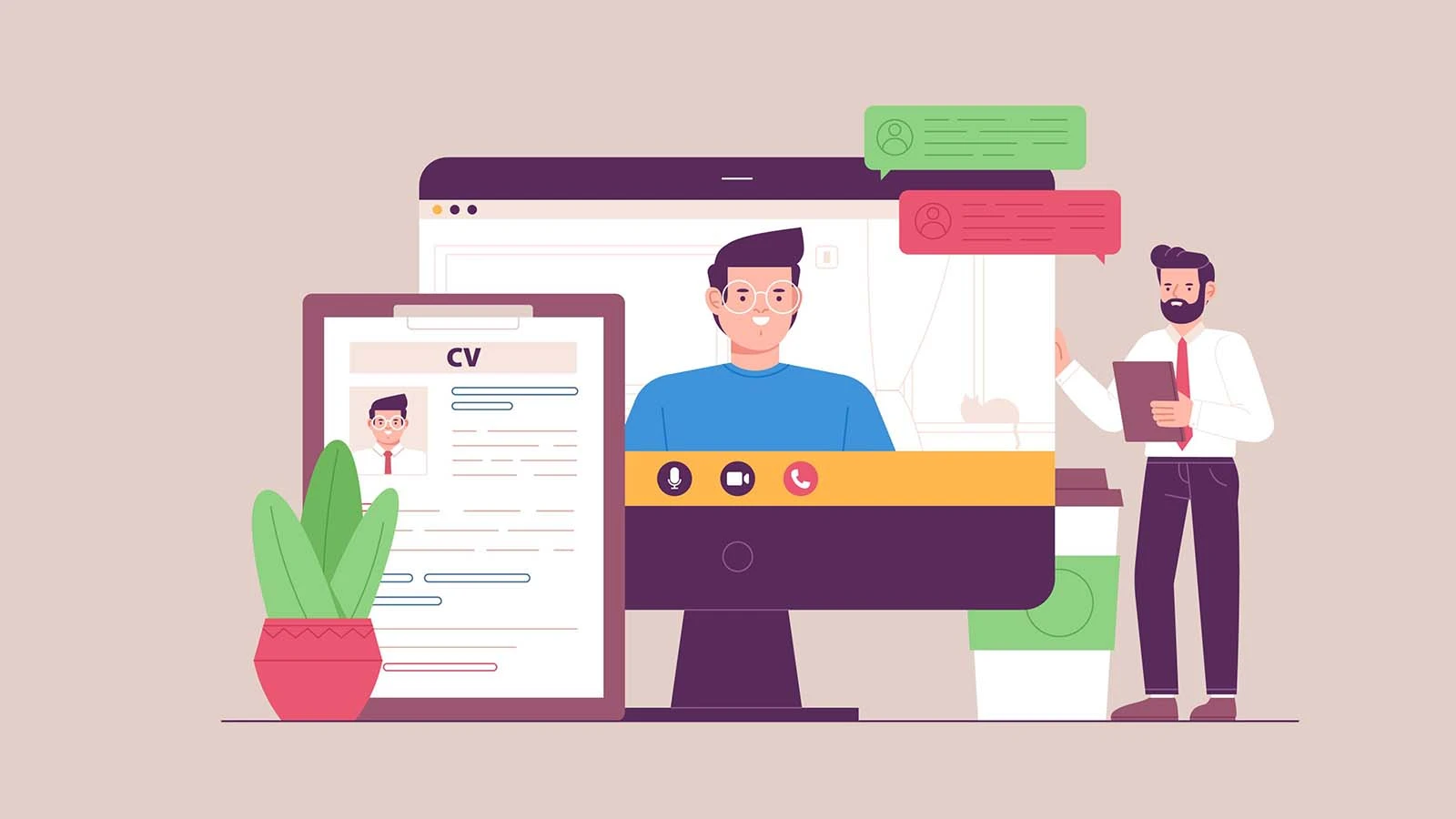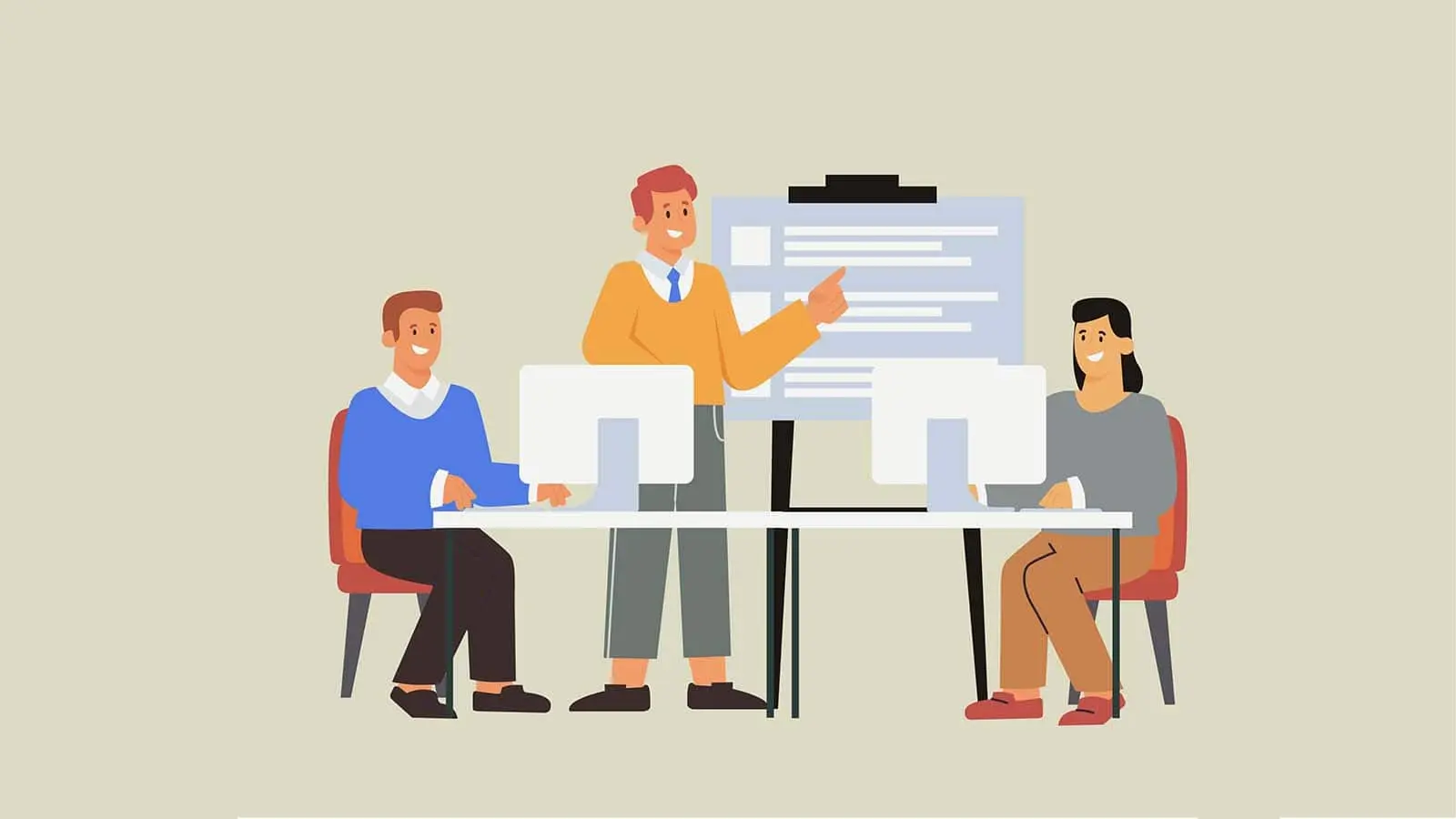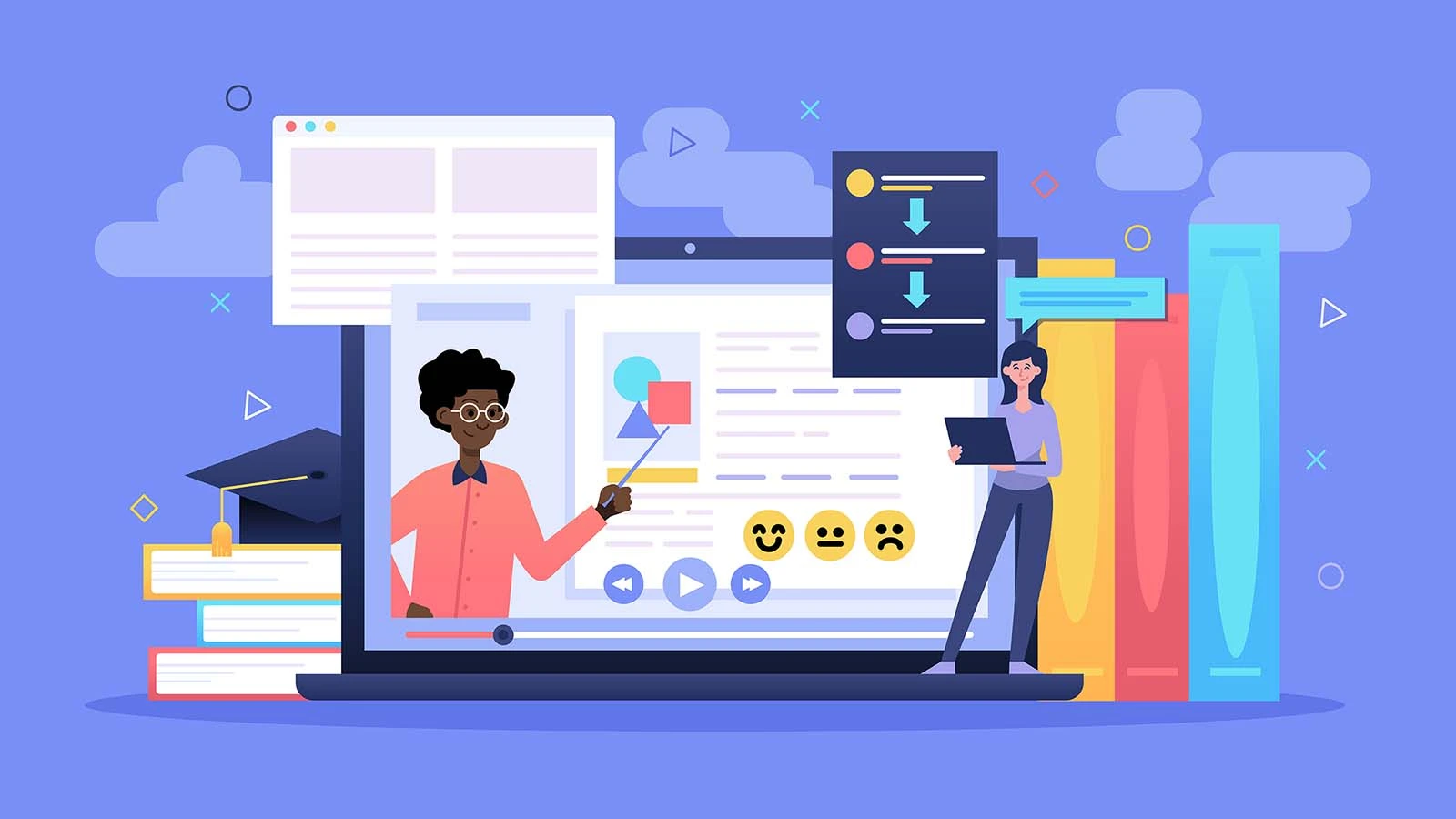Skills Gap
Amit Sharma
13 Sep, 2023

Everything You Need to Know
In the ever-evolving landscape of the business world, the "skills gap" has emerged as more than just a buzzword. It represents a tangible challenge that companies grapple with regardless of size or industry. The skills gap is the disparity between employees' skills and those required for the business's success. As industries pivot and technology surges forward, this gap has become more pronounced, casting shadows of concern across organizations. Addressing this gap isn't merely about staying relevant in the present; it's a strategic move to ensure a company's longevity and growth.
The future of work is undergoing a metamorphosis. With automation, digital transformation, and global market dynamics, job roles are being redefined, and skill requirements are shifting. The skills that were once in demand are now becoming obsolete, replaced by new competencies previously uncharted. It presents a challenge in preparing the workforce for the future and an opportunity to mold the industry's future leaders by nurturing current employees' growth.
Proactively understanding and addressing the skills gap isn't an option; it's imperative. Companies that rise to this challenge will spearhead their industries, while those on the sidelines risk obsolescence. This article offers a deep dive into the skills gap, exploring its implications and providing actionable insights for businesses to bridge it.
Understanding the Skills Gap
A skills gap arises when there's a disconnect between the skills employers expect and what the workforce brings. This gap can manifest in various forms:
Hard Skills
These are specific, teachable abilities or skill sets, such as coding, data analysis, or machine operation. For instance, a company transitioning to a digital platform might find its employees lacking the necessary coding or IT skills.
Soft Skills
These are interpersonal or "people" skills, like communication, leadership, or teamwork. Even in a highly technical job, an employee might have all the hard skills but might lack in areas like team collaboration or effective communication.
Why Addressing the Skills Gap Matters
Tackling the skills gap head-on is pivotal for several compelling reasons:
Business Growth
A workforce with the right skills can adapt swiftly to market changes, drive innovation, and propel the company forward. For instance, a tech company with employees skilled in the latest programming languages can develop cutting-edge software solutions.
Employee Retention
Investing in employee growth and development boosts morale, fosters loyalty, and significantly reduces turnover. An employee is more likely to stay with a company that provides opportunities for skill enhancement and career growth.
Competitive Advantage
A skilled workforce can be a company's most vital asset, giving it a significant edge in the market. For example, a marketing firm with a team proficient in the latest digital marketing strategies can offer superior solutions to its clients.
Future-Proofing
Companies ensure long-term sustainability by anticipating industry shifts and preparing the workforce accordingly. That involves addressing the current skills gap, forecasting future skill requirements, and training employees.
Strategies to Bridge the Gap
Skills Gap Analysis
It involves conducting thorough assessments to pinpoint the current skills within the organization and identify areas that need bolstering. By understanding where the gaps lie, companies can devise targeted training programs.
Continuous Training
The business world doesn't stand still, and neither should training. Offering ongoing training sessions, workshops, and seminars ensures that employees stay updated with the latest in their fields.
Mentorship Programs
These programs pair seasoned professionals with newer employees, facilitating knowledge transfer and on-the-job training. Such initiatives bridge the skills gap and foster a culture of continuous learning.
Hiring Strategies
Sometimes, the best way to bridge a skills gap is to bring in fresh talent. Adjusting recruitment processes to prioritize the skills currently lacking can be a strategic move.
Feedback Mechanisms
By regularly gathering employee feedback, companies can gain insights into training needs, areas of interest, and the effectiveness of current training programs.
The skills gap, while a formidable challenge, is not impossible. With strategic planning, foresight, and investment in employee development, companies can bridge this gap and pave the way for future success.
At Core Competency, we are at the vanguard of this movement. As the industry's leading learning & development software, talent management solutions, and corporate training services provider, we are uniquely positioned to guide your organization through these challenges.
Partner with us and jumpstart your journey towards a skilled, future-ready workforce. Reach out to us for a free demo and explore how we can revolutionize your approach to bridging the skills gap.
Assessment of Behavioural Core Competencies
For example, students struggling with a particular concept could be provided with additional resources or assigned to a different module via the e-learning and learning management system.
Read Blog




